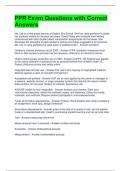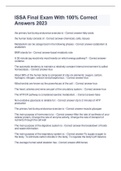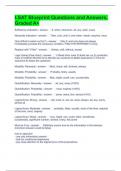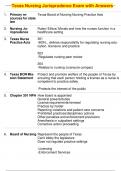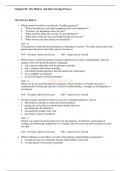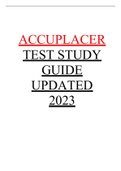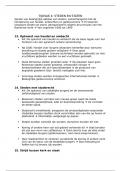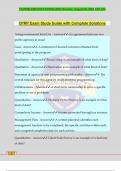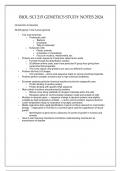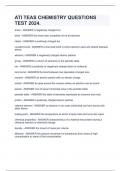Exam (elaborations)
PPR Exam Questions with Correct Answers
- Course
- Institution
PPR Exam Questions with Correct Answers Ms. Lee is a third grade teacher at Eagle's Sky School. She has used portfolios to asses her students' writing for the past two years. Every Friday she conducts short writing conferences with each student about composition assignments for that week. She di...
[Show more]
